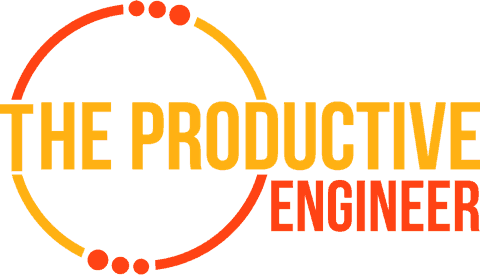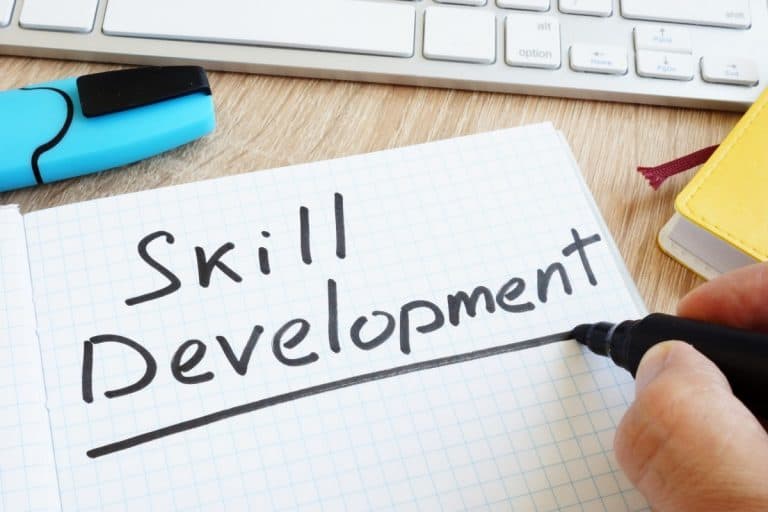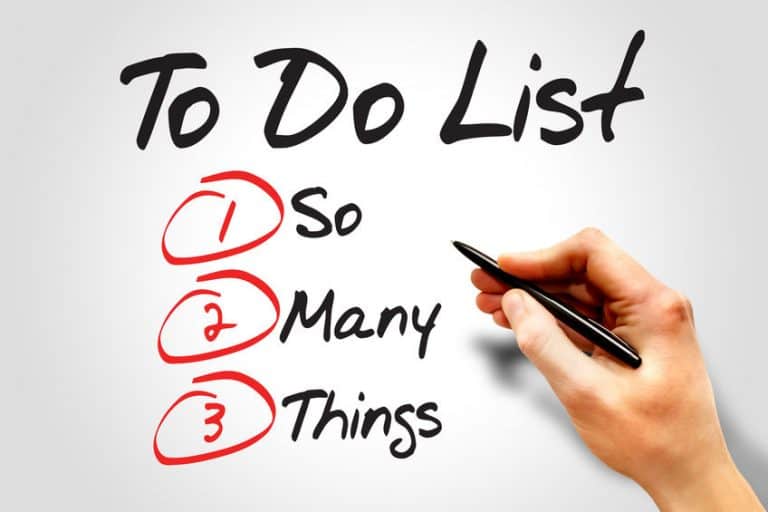Should You Take Notes when Reading?
I was reading a book the other day and jotting down some of the ideas in the text that resonated with me when I wondered whether I should be writing these down. I mean, one of hand, I am clearly capturing something I view as relevant. However, I also am breaking my momentum and taking myself out of the reading process to do so.
So the question remains: should you take notes while reading? In most cases, Absolutely! The only time I do not take notes while reading is when I am reading purely for pleasure, I often read a fictional book before bed in which I do not take notes. But even then, if I liked the book a lot, I will re-read it and at least add some comments in the margins and underline some things.

In a sea of pros, there is at least one notable con to taking notes while reading. That is, you have to stop reading to make a note. This transition can mess up the flow of the chapter you are trying to get caught up in, especially if you are reading a nonfiction book and hate to tear your eyes away from the page, but fear not! There are just as many minimalistic ways to take notes as there are sophisticated ways.
If you are looking for books to read, you should really sign up for Kindle Unlimited. Kindle Unlimited has a huge library of books, audiobooks, and magazines. To learn more about Kindle Unlimited, click the link below:
Kindle Unlimited – Unlimited Reading, Unlimited Listening, Any Device
If you are more of an audiobook person, Audible is for you. Audible has a huge library of audiobooks on a variety of topics and listening to audiobooks is a great way to learn on the go. Audible includes podcasts and Audible Originals as well. For more information on Audible, click the link below to get your first 30 days on Audible for free:
Audible – Your First Audiobook is On Us
Why should I take notes while reading?
Now let me ask you a few questions. Have you ever bought a personal development book that was going to change your life and read it cover to cover to realize you didn’t absorb any of it? Or read a beautifully written fantastical novel that you fell in love with to discover you couldn’t remember the name of a character or world when trying to describe the book to a friend? Or ever read a whole chapter in a textbook and not be able to answer the questions at the back?

If you answered yes to any of those questions, then you already know why it is essential to take notes while reading. I don’t have to go too far out on a limb to assume that you probably don’t want that to happen again. But if you need more convincing, let me share a few reasons. Taking notes is proven to help with memory retention, and if you write excellent notes, it means you have a great reference to go back to when you forget something. Most of all, scribbling notes while we read turns our passive reading into active reading, helping us focus on the topic at hand.
All that being said, the better the strategy we have for taking notes, the more we can retain, and the deeper we can understand what we are reading. That is why I have chosen a few example reasons for taking notes and a few of the best methods to use for the occasion.
For more tips on how to retain more of what you read, check out The 7 Best Techniques to Retain What You Read.
How to take useful notes while reading:
Now that we are all convinced that taking notes is essential, I’m going to tell you how to take notes while reading effectively. Taking notes isn’t overwhelmingly complex, but if you have never learned how then you can expect a learning curve. The whole idea behind taking notes is to have your thoughts neatly organized in a system that will allow you to review.
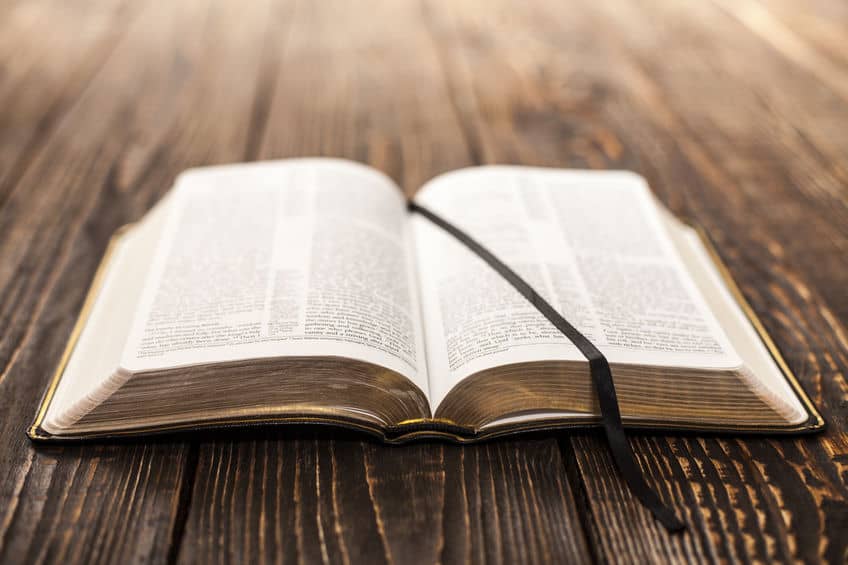
First, we need to assess why we are reading. You should choose a note-taking method that best suits the WHY for your reading purposes. For instance, if you are reading for fun, then only minimal note-taking is needed, but if you are reading for a book report, then you need a method or system of methods that can adequately handle the amount and types of information you are recording.
Reading for fun
Reading for fun is a great way to pass the time and expand your vocab, but if you really want to remember what you read in the end, I suggest making annotations or underlines and using tabs as you go throughout the book. The idea here is that you are leisurely reading, so extensive note-taking for long term memory isn’t necessary, but you still want to have a complete assessment of the book at the end. You want to be able to describe the overall feel of the story or express an educated opinion of the book.
Reading for personal development
Reading for personal development is quite complex. It is more than reading to memorize facts; it’s about changing your life for the better. This type of learning is called elaborative rehearsal, which is where we assimilate the facts or theories into our very lives to evolve our behavior or thought processes.

Personal development books are usually very information-dense books, and if you don’t want to have to re-read every paragraph, I suggest using mainly the notebook method while incorporating some annotations and underling and well as tabs to properly take notes for an in-depth understanding and best possible review experience.
Reading for an exam
If you are reading for an exam, your main goal is maintenance rehearsal, which is the memorization of facts. Basically, spitting out names of people and theories, and dates and vocab. Taking notes and reviewing for this type of situation is honestly the easiest. For this, purpose I recommend using notecards.

Notecards (affiliate link) are small and easily transportable, which makes them easy to carry around and review whenever you have some downtime. They also help you focus on the exam like questions by only having a small amount of room to write.
If you are preparing for an exam and would like to know when is the best time to stop studying for an exam, check out our blog post on this topic at this link.
Reading for a book review or book report
Reading for a book review or book report is a lot like reading for personal development but can sometimes require even more note-taking since you don’t want to miss any fact or quote that may build a more in-depth review. With this type of outcome in mind, you are reading to gain a pretty robust knowledge of the book in its entirety, and for that, I recommend using all of the mentioned note-taking methods. A book review or book report requires you to not only know what happened and how you felt about it but also have ways to back up your personal thoughts and feeling. Using all the methods together will give you an arsenal of organized information to use.
Next, we will talk using each of the methods mentioned above effectively.
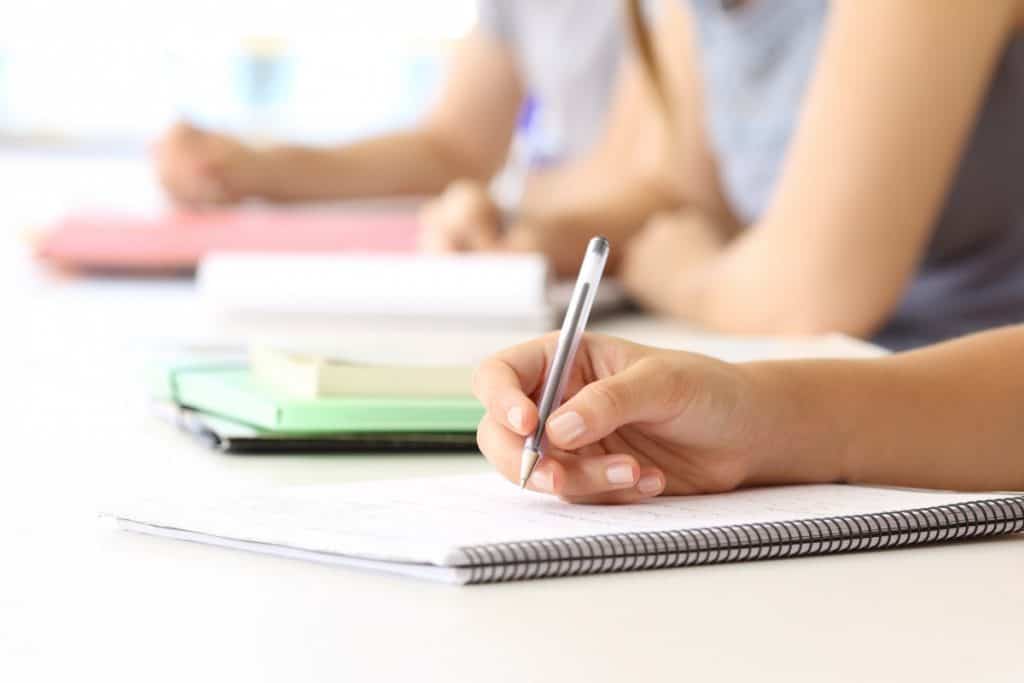
Before we get into each method specifically, a few things apply to almost all note-taking methods. First, you must be prepared to take notes; so, make sure you have all of your supplies! That means to get your flashcards, pens, tiny sticky notes, a ruler and notebook together and keep it with your book (affiliate links). And if you are sitting down for a long reading/note-taking session, this might include a drink and a snack!
Second, color coding helps a lot! Whether you are focusing on character development or math formulas, color coding makes life easier. Also, have a key; having a key makes color-coding easier. I try to use the same key across similar books. For instance, if I am reading a history book or an autobiography, something with a lot of names, dates, and events, then I will try to use blue for names, purple for dates, and green for significant events.
Note-taking method #1: Tabs
Tabs are so versatile and super easy to use, and in most cases, they even have the color-coding build in! This method can be used all by itself or with another note-taking method. First, create a key. Most packs of tabs come in a few colors like red, yellow, and blue so just pick what each color represents, write it down and start tabbing.
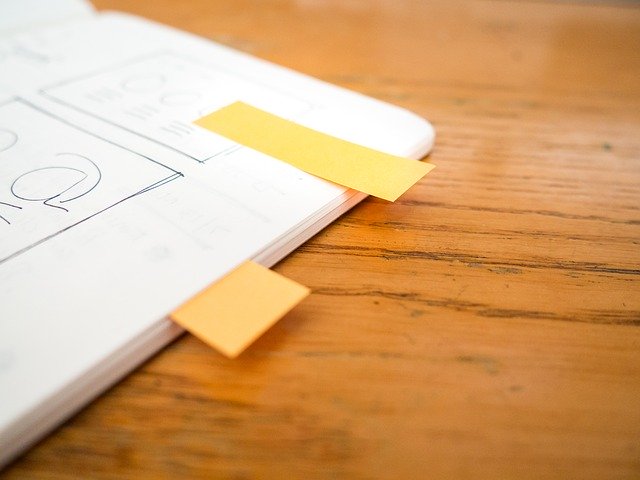
Leisurely reading is one of those times you can use just this method and have a successful note-taking experience. You can assign red for things you loved throughout the book and yellow for things that genuinely surprised you and blue for anything that was sad. By the end of the book, you will be able to look at all the colored tabs (affiliate link) and have a pretty good idea of how you felt about that book.
In personal development books, I use the tabs for things like quotes, new ideas, or jumping-off points that I want to look further into later. I almost always annotate and underline alongside using tabs.
While reading for a book review, I would use tabs for things like introductions to characters, vocab (fantasy books contain a lot of made-up words and places), Dates, relationships, etc. I really like tabs for fictional novels, and often, I add many more tab categories.
Note-taking method #2: Annotations and underlining
Annotating and underlining is another great method to use alongside another method. This method is simply underling what is important and writing short comments or questions in the margins.

To use this method when reading solely for entertainment, just annotate how you feel as you are reading along. When you are surprised, jot it down. If you hold an opinion or theory about a person, make a note. When using this for leisurely reading, it can be the only method used. It more like leaving yourself little Easter eggs of commentary for the next time you read. I love to see if my opinions changed if I was wrong about a theory.
For personal development reading and book review reading, you would need to use another method as well. There is no reason to annotate in a book if you don’t have a tab or page number to remind you of where you annotated.
To use this method for a personal development book, I would write questions or thoughts on how something relates to my personal experience or underline quotes that I liked.
And for something like a book review, I would use this much like the leisurely read to record my thoughts and feelings about what is happening. This is another way in which I like to add lots of tabs too. Purple can be happy; orange can be annoying, green can be misc. Etc.
Note-taking method #3: Notecards
This method was made for exam review. Everyone can attest to the sheer nostalgia that flipping through a deck of Index cards inhibits.

To use this method with a textbook, have a card for each category like vocab, persons, and theories; and a card for an end of chapter recap. Every time you come to a vocab word write it on the card with the definition, when you see a new name of a person or theory make a card for it and write down any related facts pertaining to that name, write down any main ideas and at the end of each chapter write a recap. Extra points if you have color-coded flashcards (affiliate link)!
To use this method for a book report or review, do almost the same. I will also have a card for each new place if this is a fantasy novel or for personal theories if this is a mystery novel. I also like to have a relationship card to record things like who is related to who, who dated who, and who have been best friends since they were ten.
Note-taking method #4: Notebook
This method is the most extensive way of taking notes, and by design, this is mostly a chronological record of what is transpiring throughout the book. This method lends itself very well to things like personal development and book reports, where you want to have a lot of information for reference.
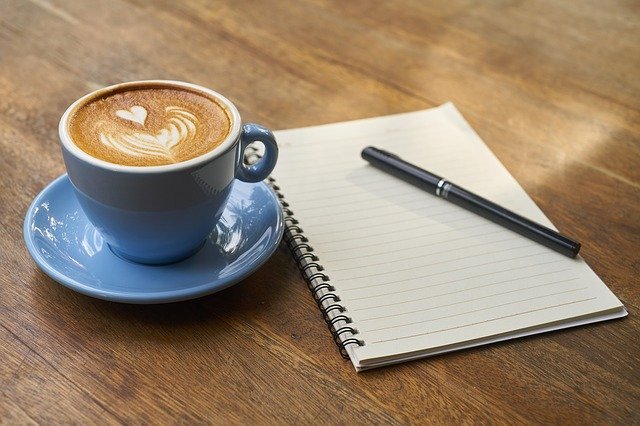
The most thorough way to use this method is to simply go paragraph by paragraph and summarize what you’ve read in one sentence. It should only take you an extra minute or two per page to use this method successfully. By doing it this way, you basically end up with the bare bones of what each chapter includes, like an outline.
This method is extra powerful when used with one or more other methods. Even at a sentence per paragraph, this often still ends up as a whole lot of notes. Therefore, using something like note cards or tabs to highlight specific pieces of information is super useful. You can even make a note in your notebook of where you annotated or left a tab in your book. And as always, color coding would be a great thing to help you organize the types of information you are recording.
Whew! We have covered a lot of things about note-taking; we have talked about why we should take notes, how to use different methods and best methods or systems to use for which subjects. But I want to make sure to point out that learning to take notes is not easy, and if you have never used one of these methods, it will take time to iron out the kinks and figure out the best way in which you take your notes. The more you use these methods, the better you will be able to know which system is best for your particular needs. Some methods will come naturally to you, and others may never work that great for you, but you just need to keep at it until you come up with the perfect system for you. It was a lot to get through, but knowledge is power, and being able to take notes properly gives you one more way to fulfill your search for understanding.
Want More Tips and Tricks? Subscribe to our Newsletter!
If you haven’t already subscribed, please subscribe to The Productive Engineer newsletter. It is filled with tips and tricks on how to get the most out of the productivity apps you use every day. We hate spam as much as you do and promise only to send you stuff we think will help you get things done.
Check Out Our YouTube Channel!
We have a YouTube channel now and we are working hard to fill it with tips, tricks, how-tos, and tutorials. Click the link below to check it out!
Check out our Resources page
Check out our resources page for the products and services we use every day to get things done or make our lives a little easier at the link below:
